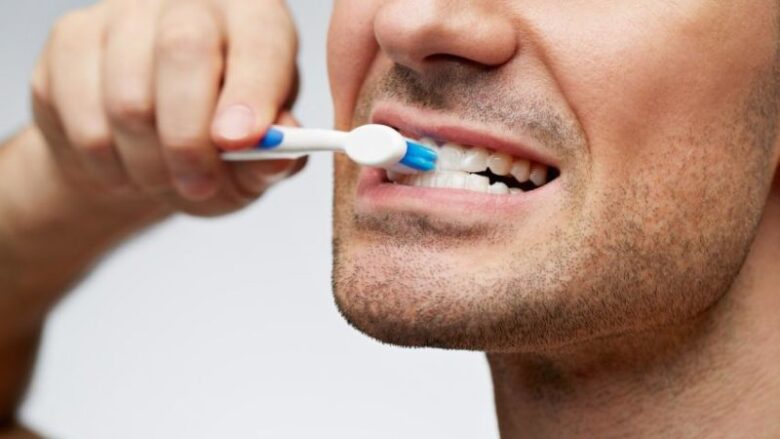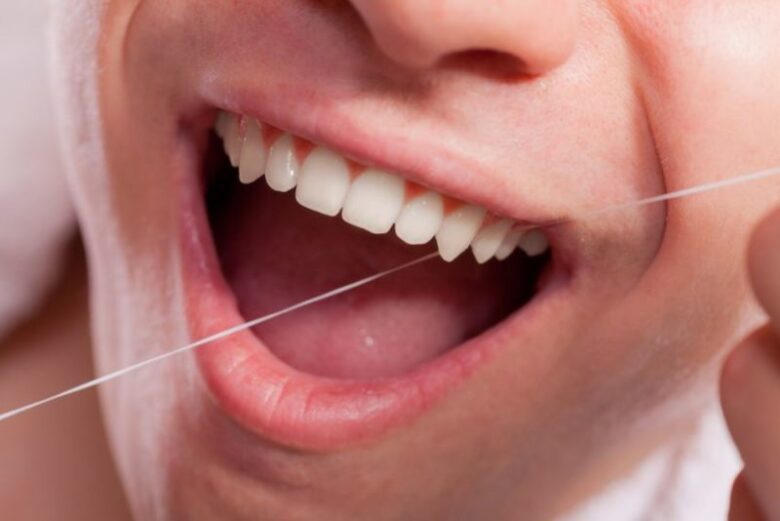Practicing good oral hygiene is the most important action that you can take if you want to protect your gums and teeth from harmful bacteria. While most people tend to overlook the importance of gum health, it is just as important as having a bright white smile. It’s quite a common saying in the dental industry that healthy teeth require healthy gums; it’s just the way it goes.
In this article, we are going to tell you how to protect your gums and teeth from harmful bacteria.

1. Brush Properly
The number one thing you can do to protect your gums and teeth from the effects of harmful bacteria is to brush properly. But people tend to overlook how one should properly brush, and the American Dental Association has specific guidelines that everyone should follow.
- Brush at least twice per day
- Replace your toothbrush every 3 to 4 months
- Brush at a 45-degree angle to the gum
- Brush in short strokes
- Press gently
- Clean the inside of the teeth.
2. Use the Right Toothpaste and Gels
The type of toothpaste you use for brushing can play a significant role in protecting your teeth and gums from harmful bacteria. Every supermarket has a toothpaste aisle that contains dozens if not hundreds of kinds of toothpaste. But not all toothpaste promise what they are, so make sure that the toothpaste you choose is approved by the ADA. Every ADA approved toothpaste will have a seal of approval on the packaging.
On the subject of gels and other substances, the ADA recommends non-staining and alcohol-free products. One such product that has 0% alcohol and is quite popular with dentists and periodontists, is Curasept Gel. If you want to know more about this product, feel free to visit dentaldirect.co.uk.

3. Floss Daily
Experts cannot express how important flossing is in the battle against harmful bacteria. The bacteria enter our mouth through the food we consume. It attaches to the food, which stays in our mouth and latter attaches to our teeth and gums. Flossing removes food and plaque in between our teeth and gums, and if we don’t remove it can lead to tartar. Tartar then leads to gum disease, which is ultimately the work of harmful bacteria.
4. Rinse Your Mouth
People tend to rinse their mouth after they’ve brushed their teeth. Rinsing effectively cleans our mouth from debris and food, and it is an oral hygiene practice that everyone should follow. But one thing that rinsing also washes away, is fluoride products such as toothpaste. When a person rinses their mouth, it should be done straight after brushing because it washes away the fluoride.
Rinsing helps in the battle against harmful bacteria, but people should rinse only after they’ve eaten, as opposed to rinsing after brushing.

5. Regular Dental Checkups
Regular dental checkups are done every six months and they are very much recommended not to be missed, by the American Dental Association. Regular dental checkups are recommended because a dentist can uncover a lot of things happening before they become a problem. One such thing is tartar, plaque, and tooth decay, and another such thing is oral cancer.


